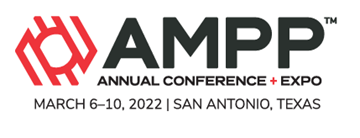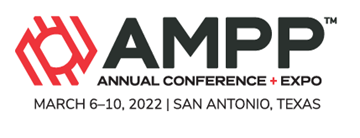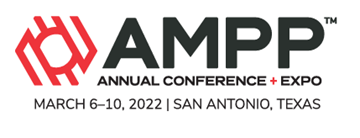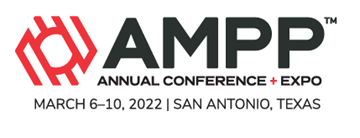Search
Products tagged with 'ampp conference papers'
View as
Sort by
Display
per page
The NEPCOAT Story- Bridge Paint Selection In The North East
Product Number:
51322-17834-SG
Publication Date:
2022
$20.00
The Performance Of HPHT Corrosion Inhibitor At Offshore Downhole Sour Conditions
Product Number:
51322-17752-SG
Publication Date:
2022
$20.00
The SCC Initiation Behavior Of Alloy 600 And SS 316L In Simulated PWR Primary Water Environments With A Low Dissolved Hydrogen
Product Number:
ED22-18330-SG
Publication Date:
2022
$20.00
The Study of Correlation between Coating Thickness and Long-term Durability Performance Applied to Storage Tank
Product Number:
51323-18815-SG
Publication Date:
2023
$20.00
The Susceptibility Of Spheroidal Graphite Cast Iron To Hydrogen Induced Stress Cracking
Product Number:
51322-17796-SG
Publication Date:
2022
$20.00
The Temperature Functionality of Sensitized Stainless Steel SCC Growth in Deaerated Water
Product Number:
ED22-17110-SG
Publication Date:
2022
$20.00
The Use of Composites in Facility Integrity Programs
Product Number:
51323-18976-SG
Publication Date:
2023
$20.00
The Virtual Corrosion Engineer For Soil Side Corrosion Prediction And Cathodic Protection Status Monitoring
Product Number:
51322-17677-SG
Publication Date:
2022
$20.00
Theory and testing of composite materials on Stress Corrosion Cracking
Product Number:
51323-19002-SG
Publication Date:
2023
$20.00
Thermo-Hygro-Mechanical Modeling Of ASR-Induced Degradation In A Reinforced Concrete Nuclear Containment Vessel
Product Number:
ED22-18345-SG
Publication Date:
2022
$20.00
Thinning Of Inlet Piping To Reactor Effluent Air Condenser [REAC] Of Gas Oil Hydrotreating Unit - Case Study
Product Number:
51322-18007-SG
Publication Date:
2022
$20.00












![Thinning of Inlet Piping to Reactor Effluent Air Condenser [REAC] Of Gas Oil Hydrotreating Unit - Case Study Thinning of Inlet Piping to Reactor Effluent Air Condenser [REAC] Of Gas Oil Hydrotreating Unit - Case Study](https://nacestoreimages.blob.core.windows.net/images-thumbs/0088973_thinning-of-inlet-piping-to-reactor-effluent-air-condenser-reac-of-gas-oil-hydrotreating-unit-case-s_360.png)